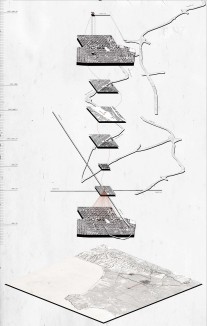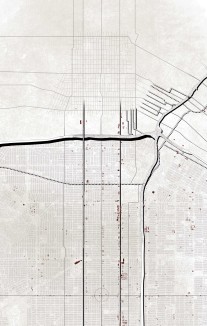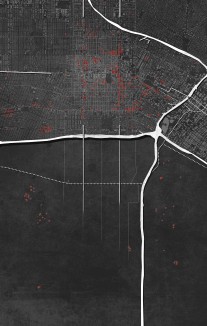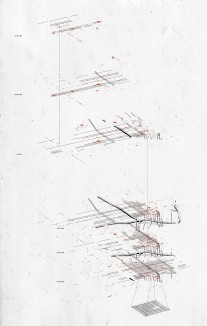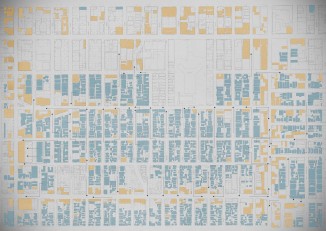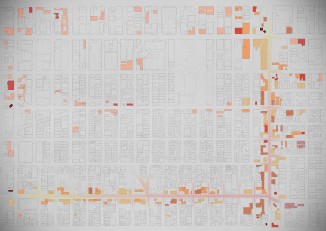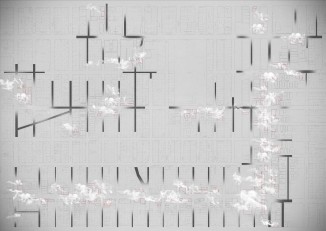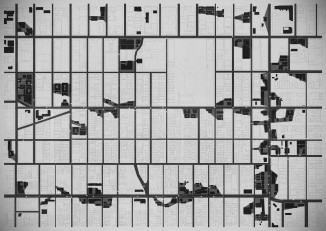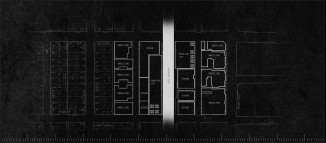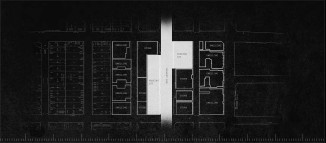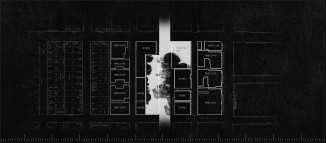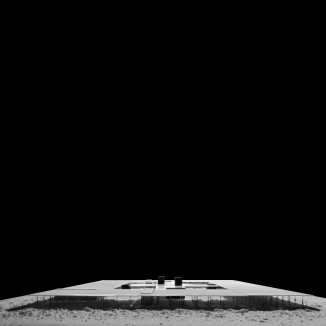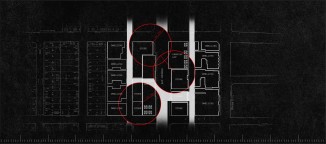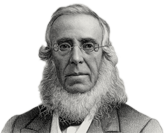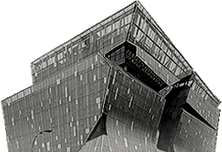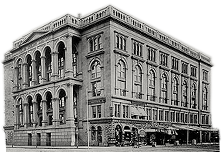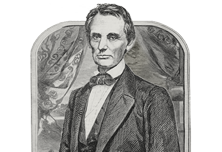Flammable City
This slideshow is part of: Master of Architecture II Fall 2013
Hancheng Chen
“…Indeed, had alien voyeurs really been watching the earth from a secret observatory on the moon or suburbs on Mars, they would have been mesmerized by Los Angeles’s extraordinary combustibility. No other urban area on the planet so frequently produces large thermal anomalies…”
- Mike Davis, Ecology of Fear, 1999
This project focuses on the flammable level of the Los Angeles. Koreatown, the scene of 1992 riots, had the most complicated social, racial, economic issue, and had the highest density of alcohol among the Los Angeles City at the time. The streets functioned as fuses; liquor stores, grocery stores, bars, gas stations, and any building that housed a large amount of alcohol was equivalent to fire kindling. The Riots played the role of fire which was soon out of control spreading out over the whole city along the streets, igniting every flammable building and displacing frenzied citizens.

